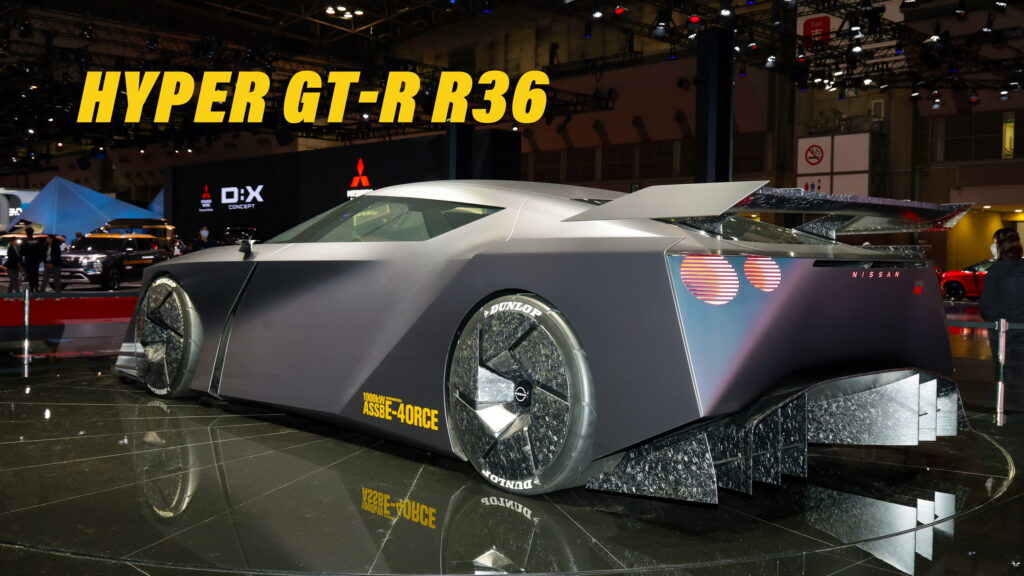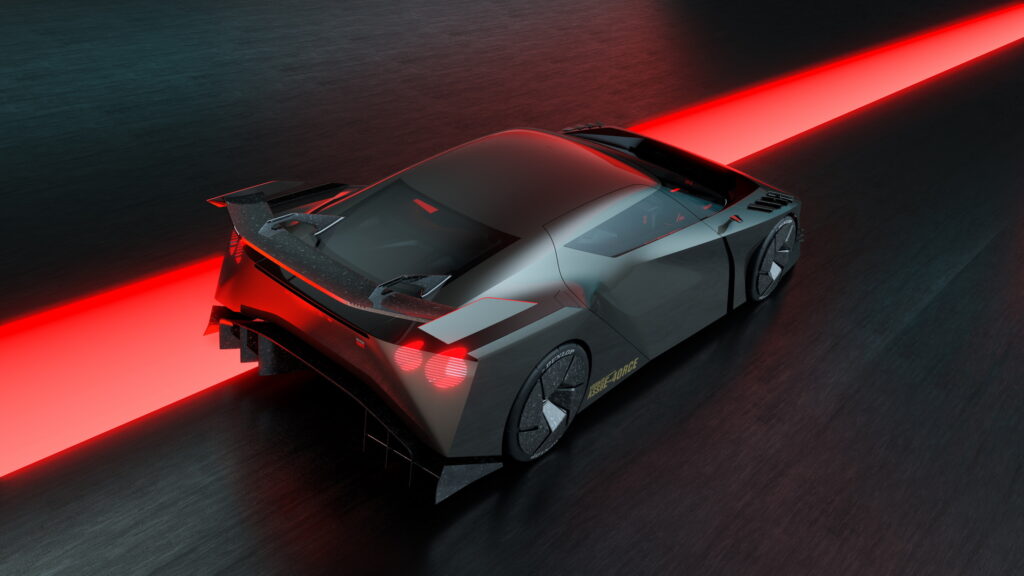Nissan’s head of product says that the next-generation, all-electric GT-R must wait for solid state technology in order to be light enough to perform on tracks like the Nurburgring
5 hours ago
 –>
–> 
–>
When Nissan unveiled the Hyper Force concept at the Japan Mobility Show 2023 earlier this month, it was clear that it previewed a next-gen GT-R, codenamed R36, even if the automaker refused to admit it. Now, its head of product, Ivan Espinosa, has revealed some of the expectations he has for the next-gen, all-electric GT-R.
The automaker readily admitted that the Hyper Force’s electric motors will be capable of making 1,341 hp (1,000 kW/1,360 PS), so it will certainly be powerful enough to earn the GT-R’s playful pseudonym: Godzilla.
For the production car, Espinosa is more worried about weight than power, though. That means that the car won’t be considered ready for the world until Nissan’s solid-state batteries are ready to power it.
advertisement scroll to continue
“The biggest enemy of hypercars is weight, and batteries are heavy, so we need to wait until the ASSB [‘all solid state battery’] is out, it’s stable, and it’s ready, so we can go,” he told Top Gear. “With the density improvement, we can deliver a much better packaging that improves the aero and the overall behavior of the car while maintaining the 2+2 layout.”
Read: 1,341 HP Nissan Hyper Force Dives Into The GT-R’s Electric Future
[embedded content]
If the battery technology is as successful at cutting weight as Nissan hopes, Espinosa believes that one motor per axle could be enough for the car. However, he is open to adding another motor at the back if more power is needed to compensate for a little extra heft.
One way or another, the use of Nissan’s existing e-4ORCE technology will help make a car that feels like GT-Rs of old. In fact, designing an AWD system that is predictable, forgiving, and confidence-inspiring is “potentially very easy,” according to Espinosa. However, he admits that there will some things to learn as chassis engineers and software engineers work together more closely.
That collaboration could lead to brand-new features, though. With the help of artificial intelligence and improving driver assistance technologies, Nissan could create a GT-R that teaches you how to drive better.

“It’s not about the car taking over,” Espinosa said. “Maybe you could let the car show you an ideal lap, and you can learn the braking points, at what speed you should take which turn – the idea is really to help the driver become better.”
Ultimately, it will still be a driver’s car, and it will still be developed at the Nurburgring. Espinosa said the track will always be an important part of the GT-R’s identity, and for the next-gen model, it will be an important development area for more reasons than one. The goal is to create an EV with enough battery capacity to do an out lap, a few hot laps, and then an in lap of the legendarily long circuit.
Espinosa also says that the car will likely be offered in two variants: a road-oriented model with a bigger battery and more compliant dynamics, and a track-focused NISMO model with a smaller battery and a stiffer ride.
The goal isn’t just to wait for solid state batteries to become a reality. Espinosa also wants to allow solid-state batteries to mature to a point where all of this performance and technology can be offered at a reasonable price.
“We have a large fan base, and we don’t want to make a super exclusive car, we want to stay true to what the GT-R roots are,” he said.
